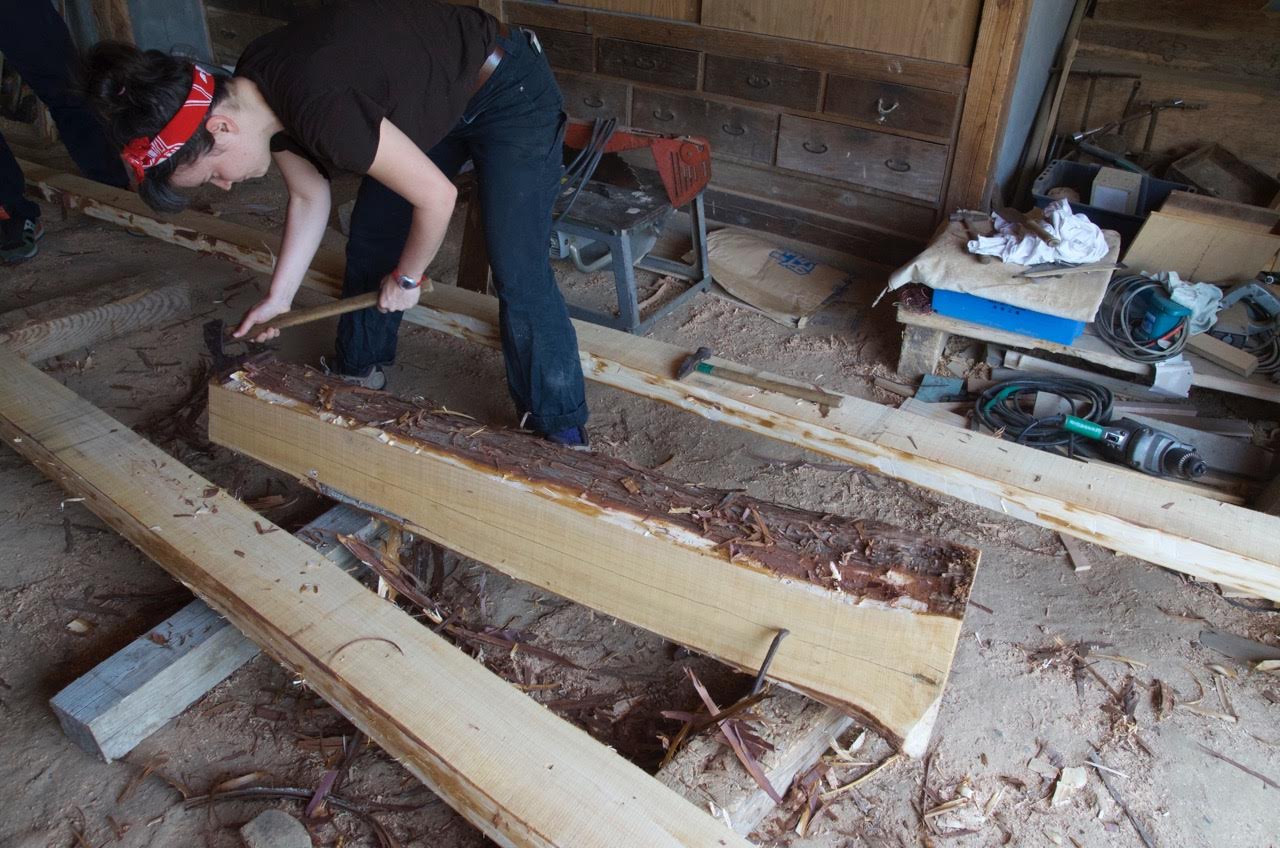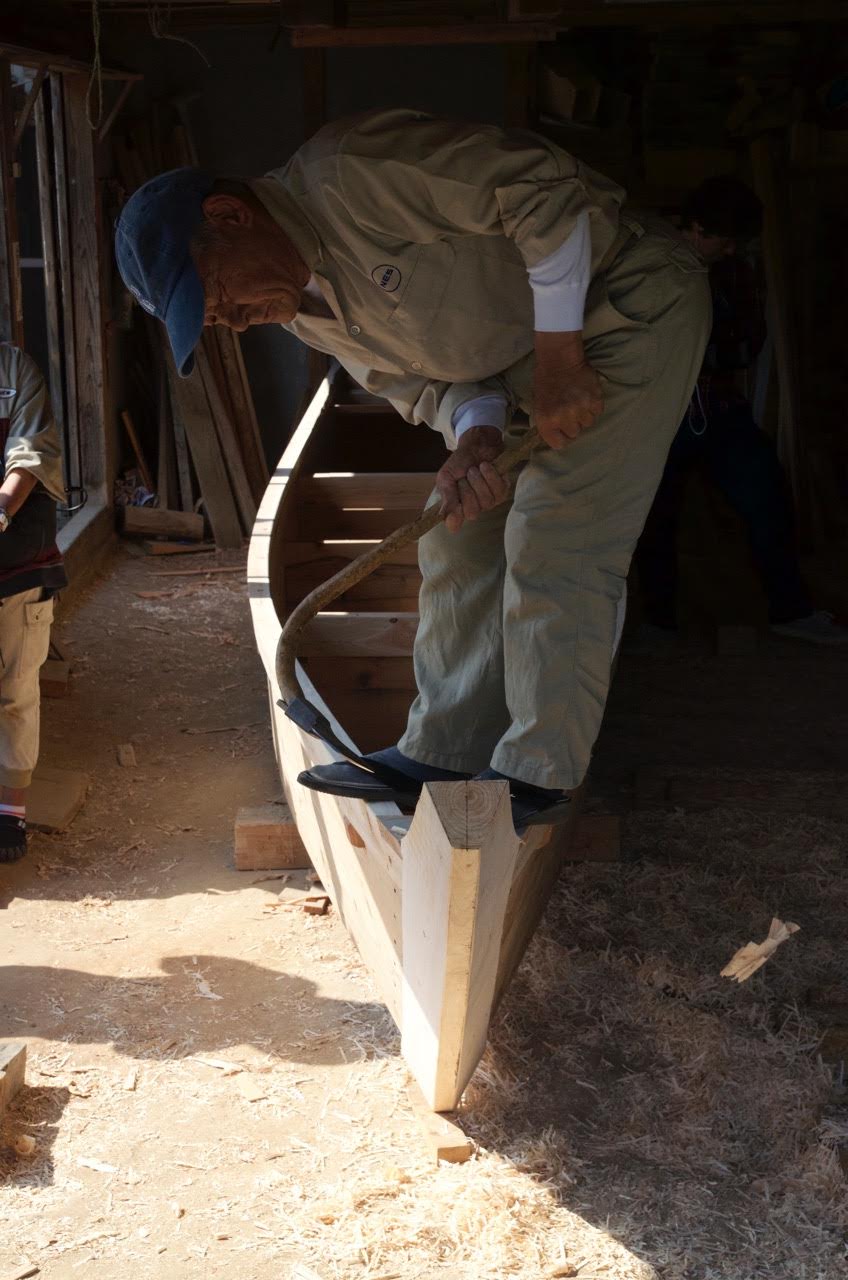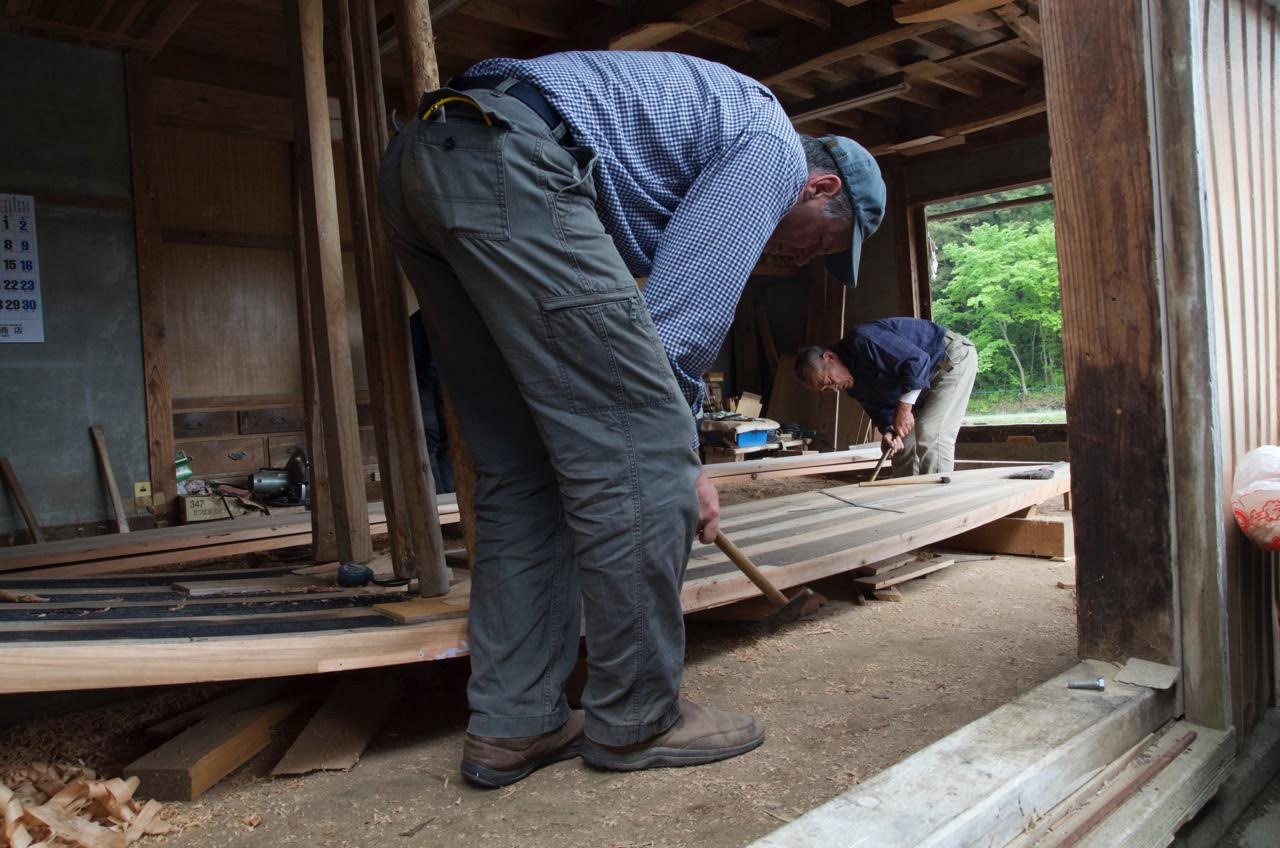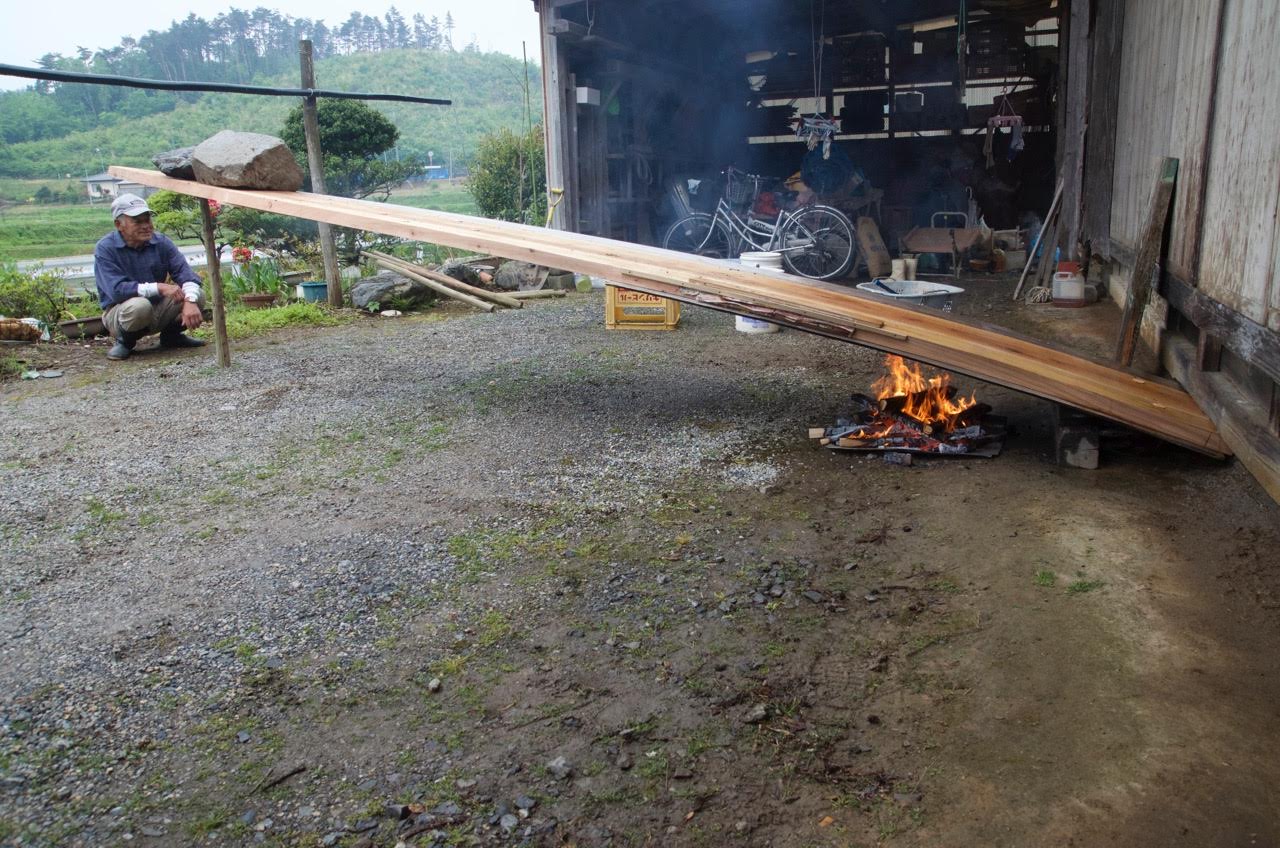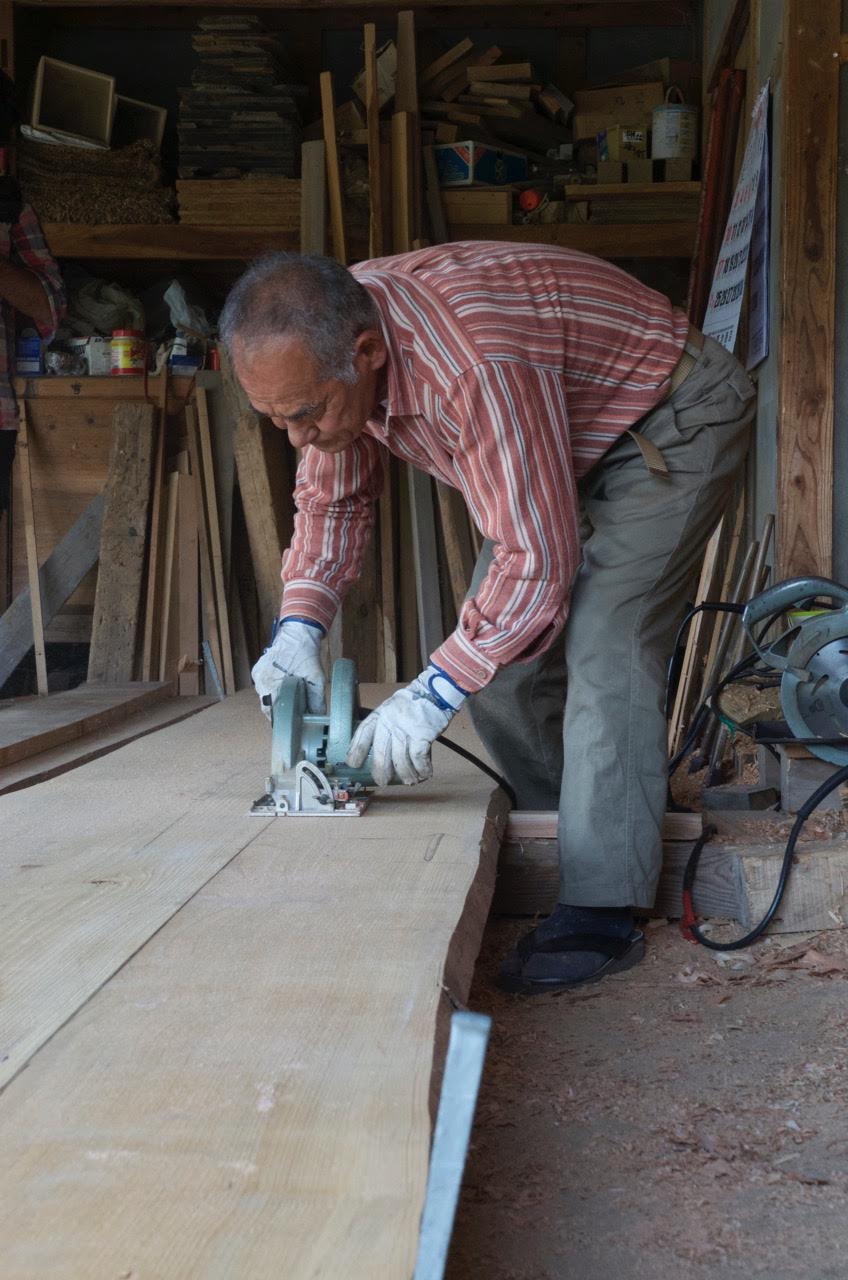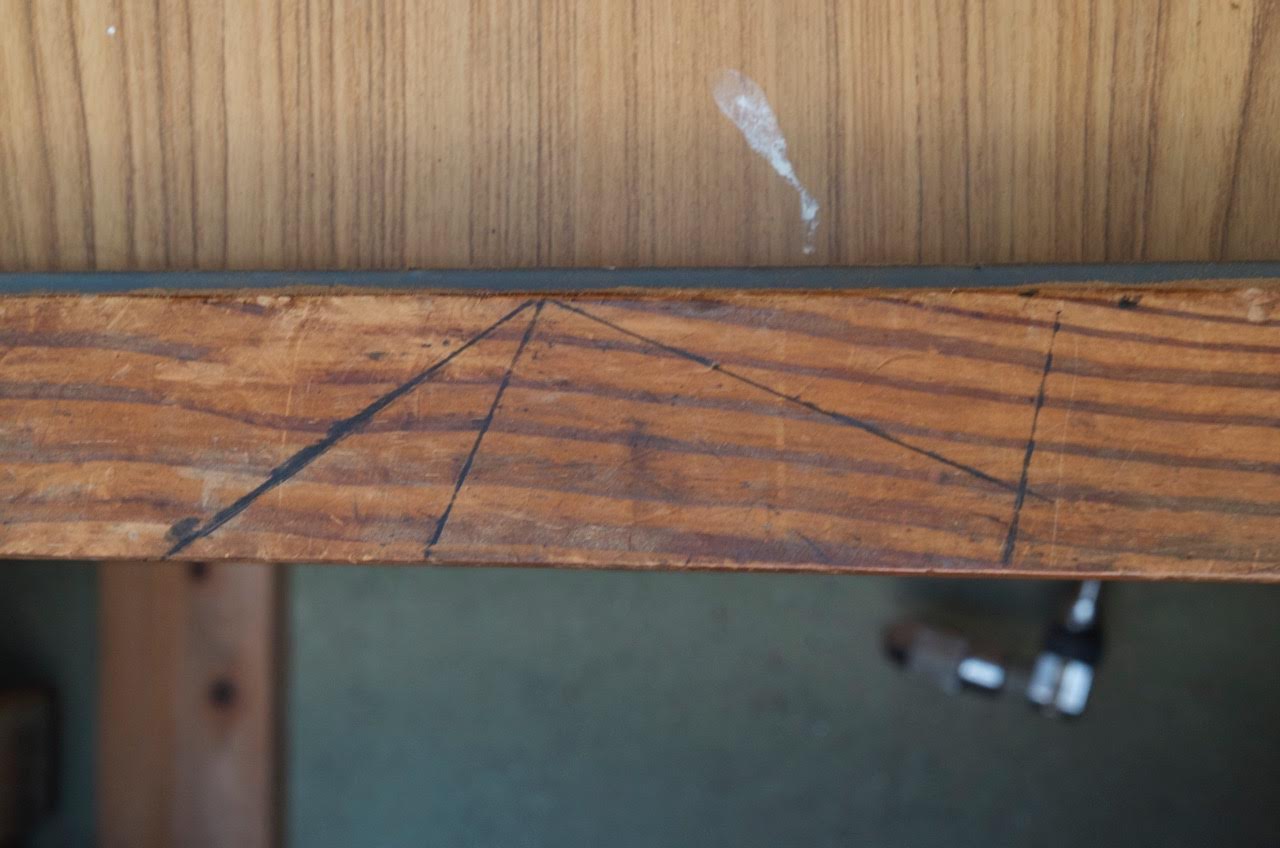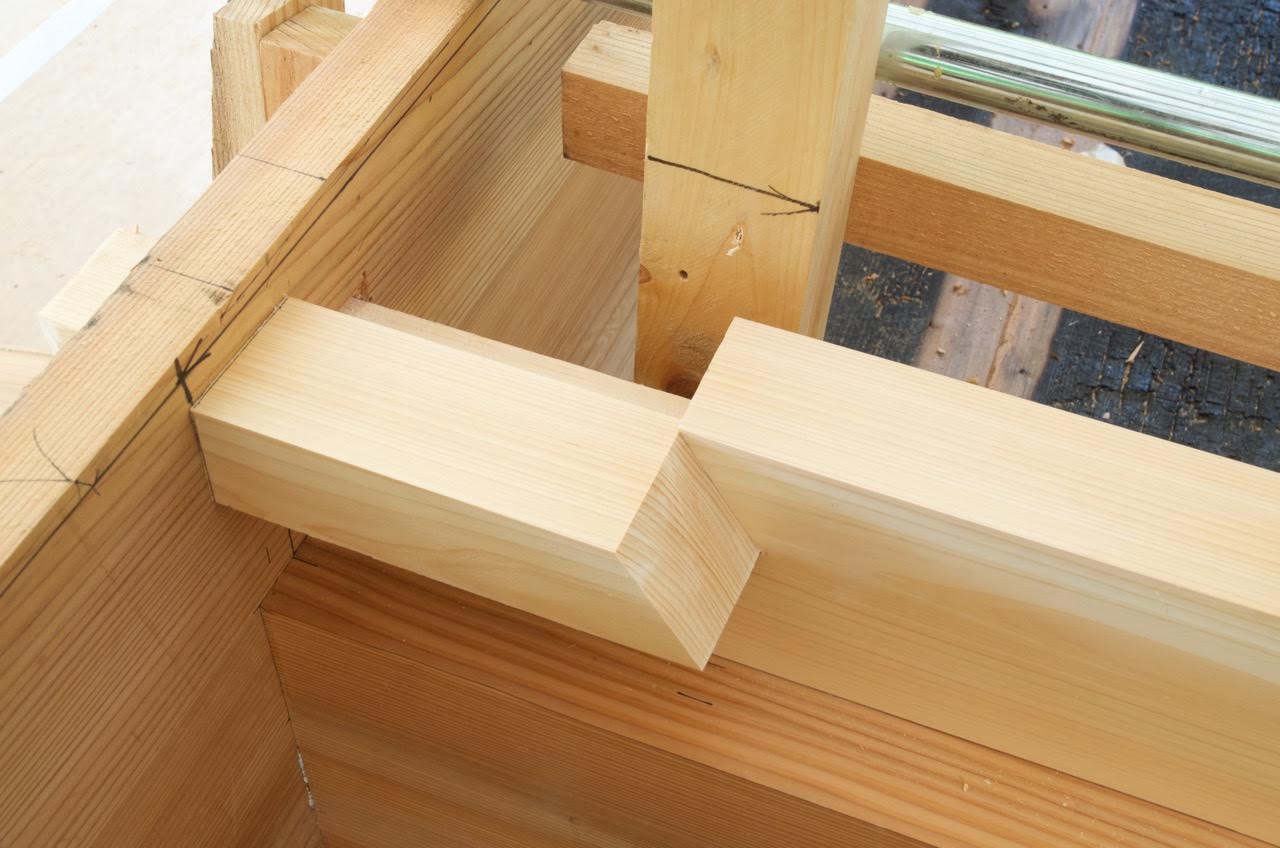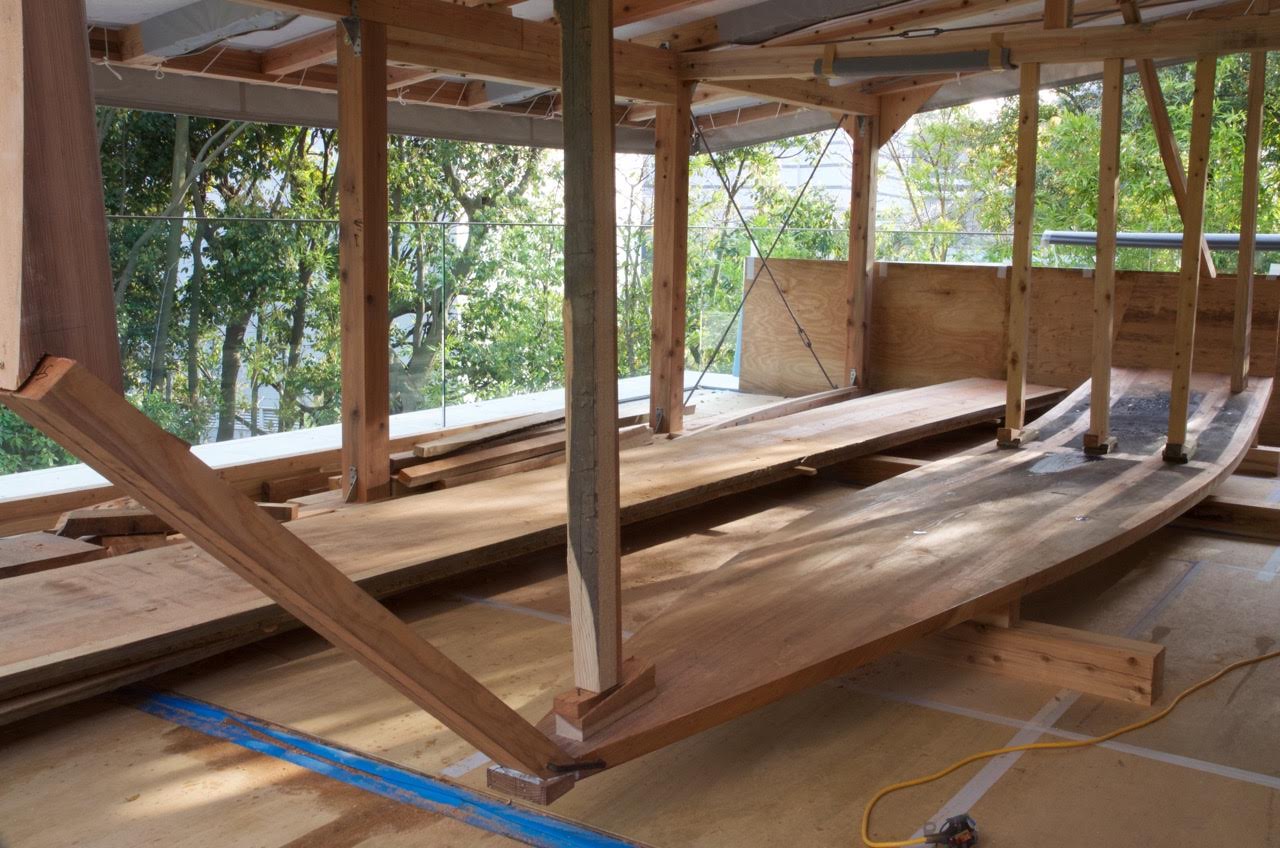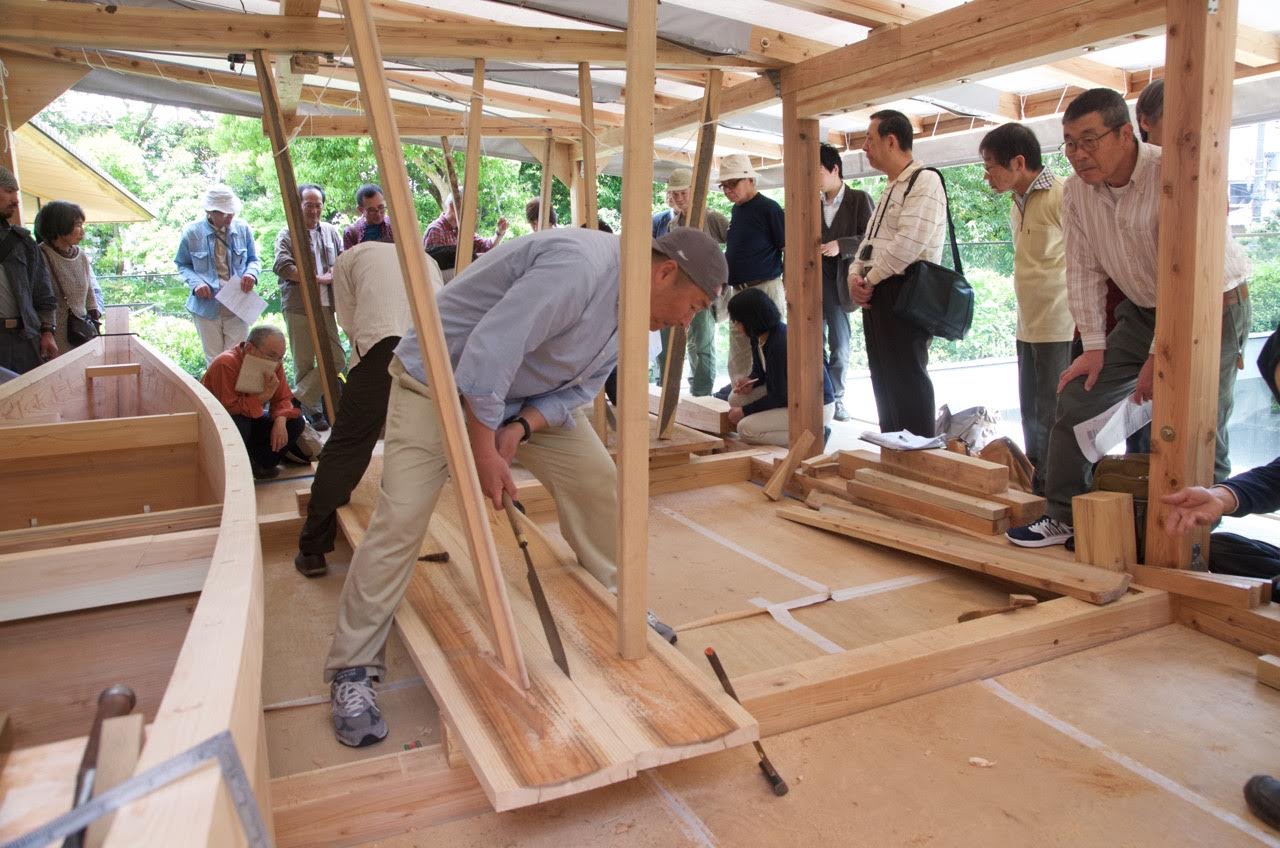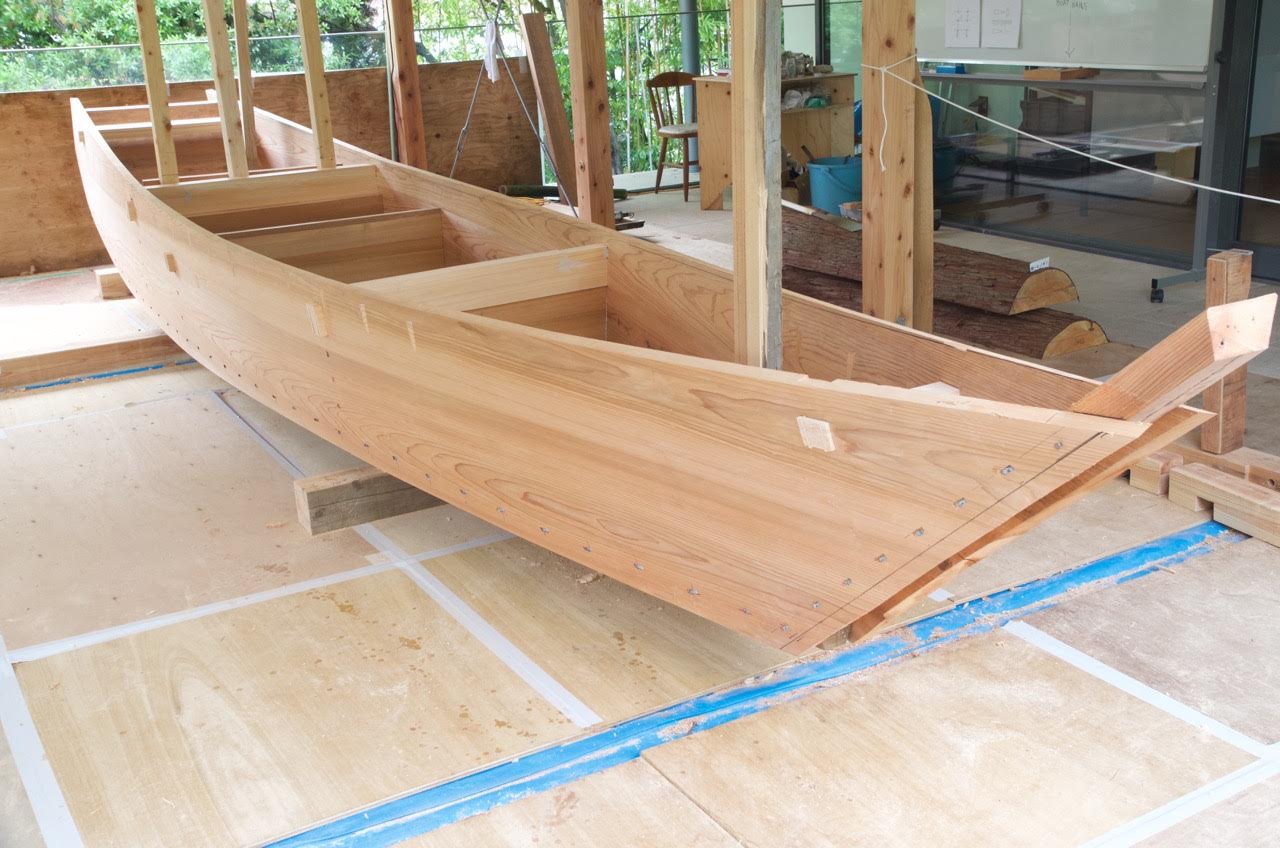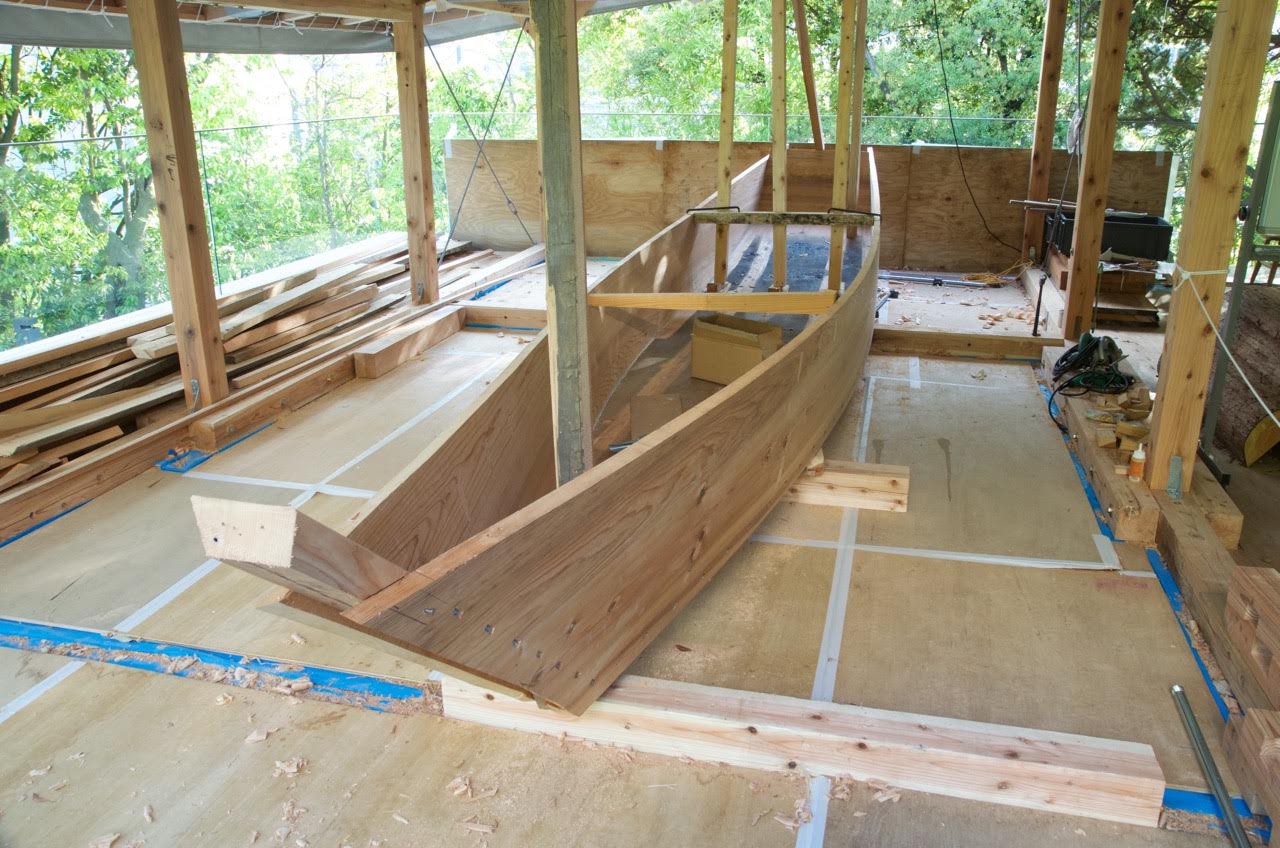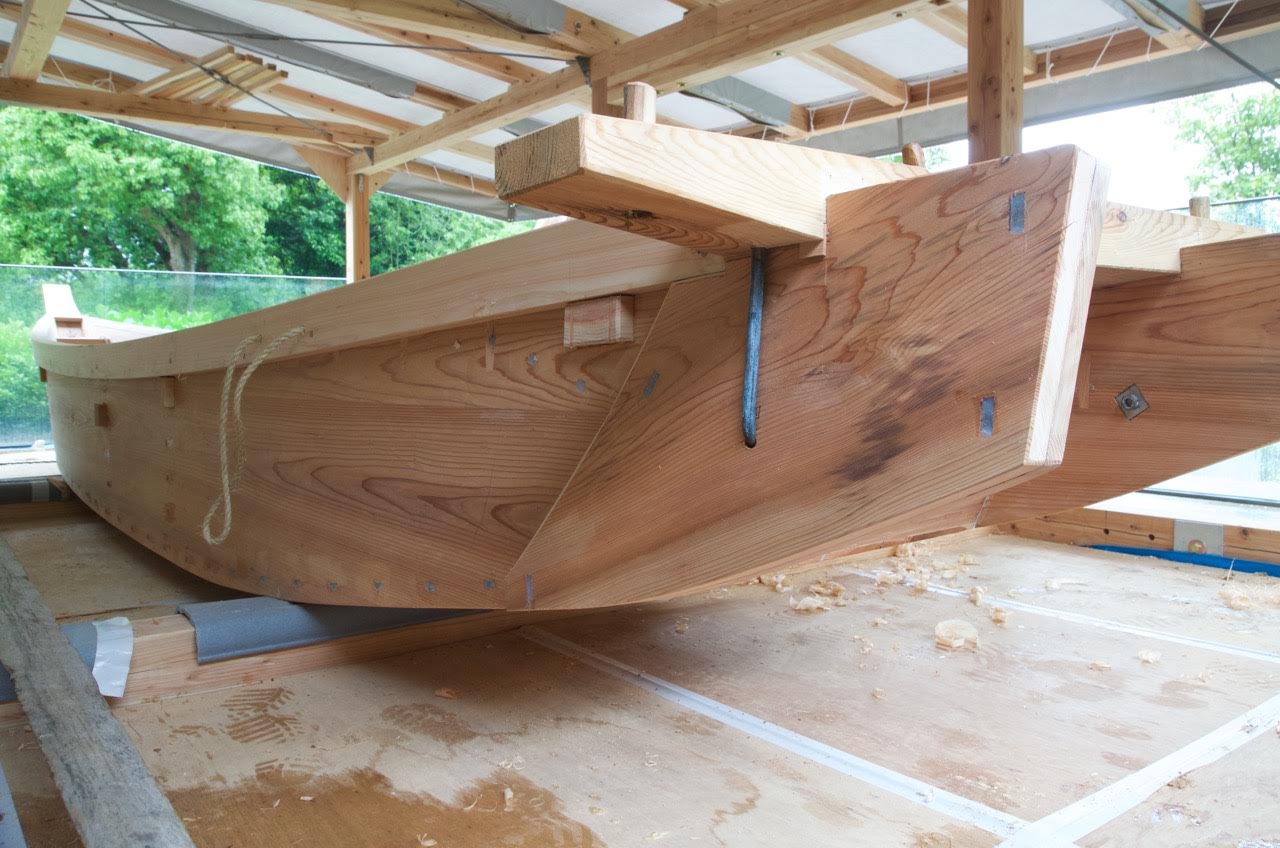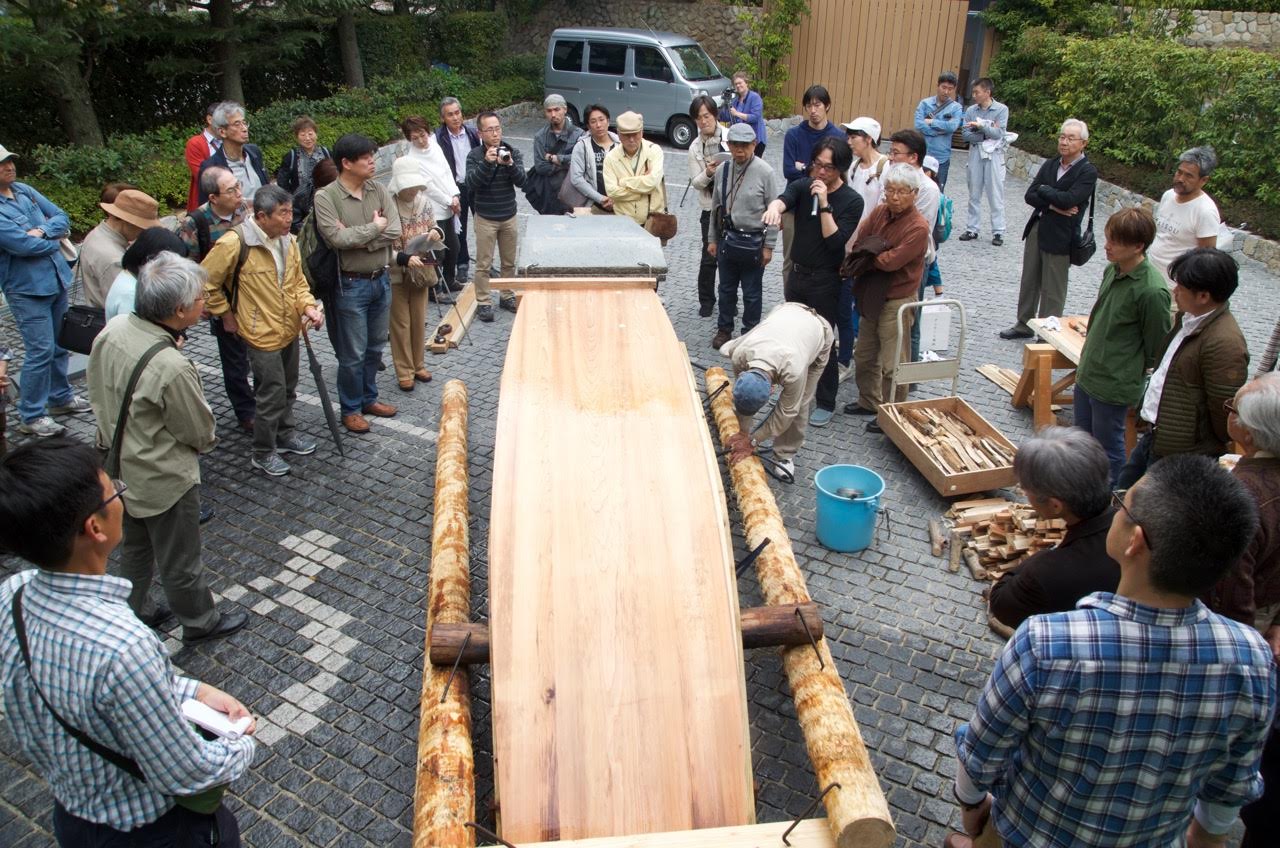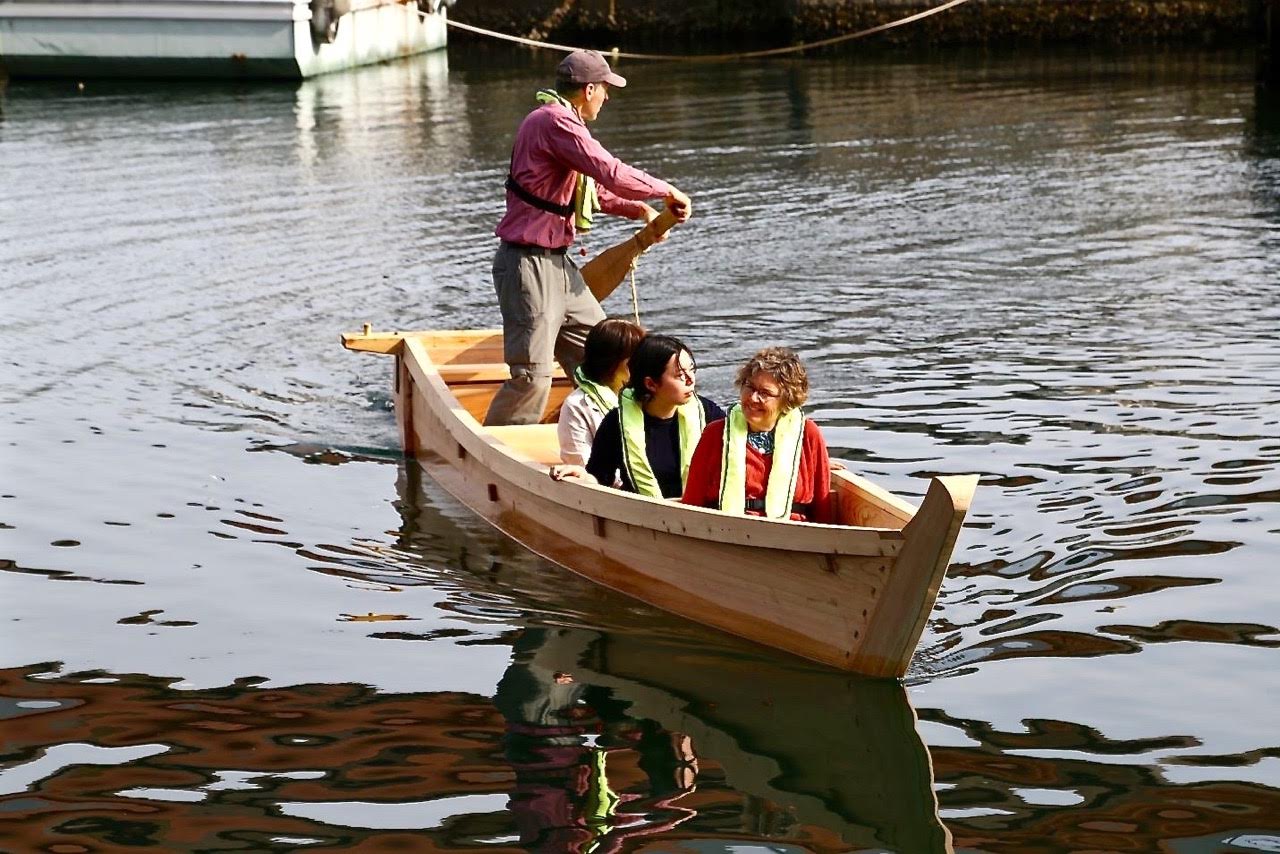Isobune
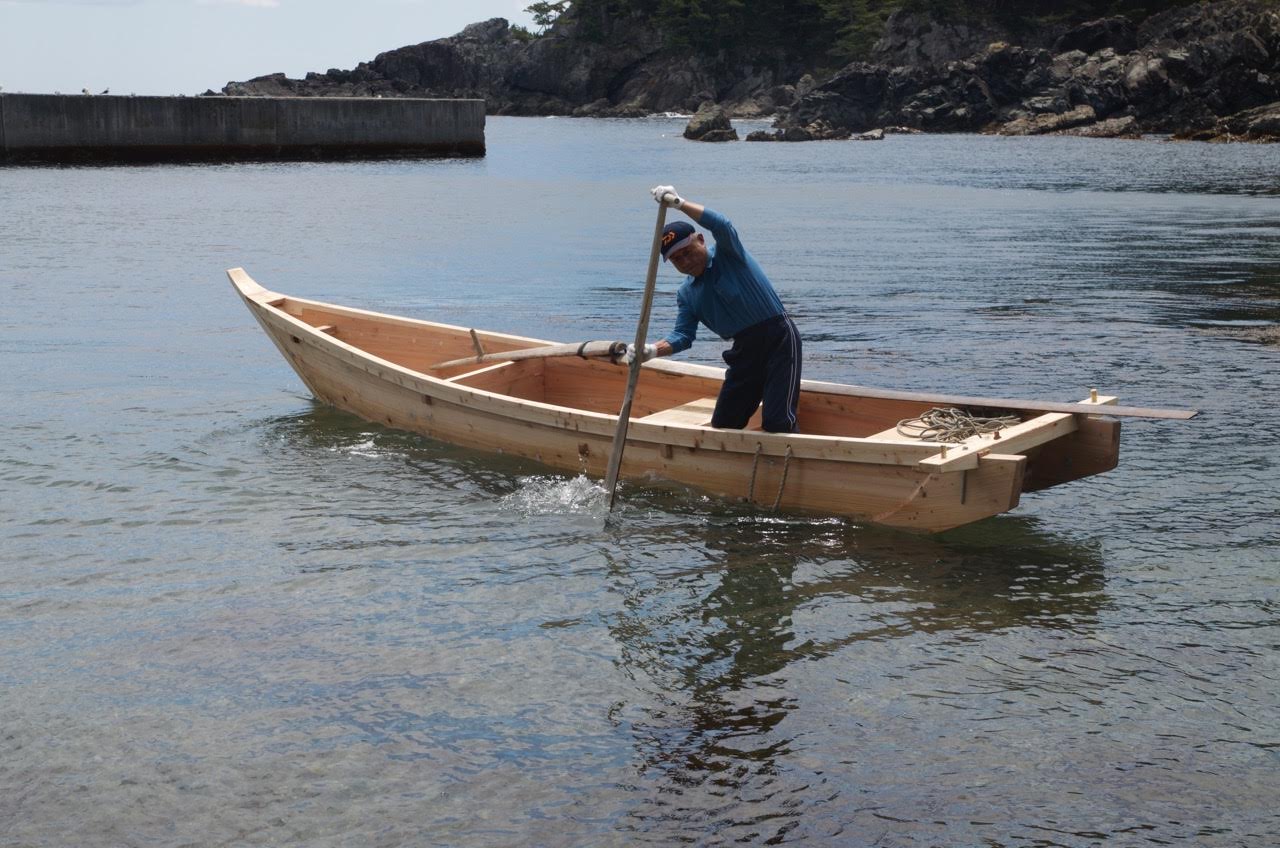
The boat upon launch. The sculling oar is visible in the boat. Today these boats carry outboard motors.
Isobune means, simply, "inshore boat" and this type is by far the most common fishing boat along the Sanriku coast of Tohoku in northern Japan. They are sometimes called kakkobune or kakkosen; there is some debate about the meaning of the term "kakko".
In the Spring of 2015, with grant support from the United States-Japan Foundation and the Asian Cultural Council (both of New York), I traveled to Tohoku, Japan to document the work of Mr. Hiroshi Murakami, the last active boatbuilder of the region. This work was largely precipiated by the 2011 tsunami which devastated this coast. I had traveled to this region twice, in 2003 and 2005, and I was struck then by the large number of traditional wooden fishing boats still being used. I believe Tohoku had the largest concentration of such boats anywhere in Japan, but estimates state up to 90% of the region's boats were destroyed by the tsunami. In addition to the terrible loss of life was the loss of a vast amount of material culture.
I began corresponding with Murakami not long after the disaster and asked if I could document his work. When I met him in 2005 he told me that fiberglass boats had basically put him out of business. Ironically, the disaster created a vacuum as boats could not be replaced fast enough, and Murakami found himself suddenly busier than ever. By the time I arrived in 2015 he said he had built twenty boats, but this work too had trailed off. He said he thought the boat we built together would be his last.
Angela Robins, a boatbuilding instructor at Urban Boatbuilders in Minneapolis, joined me for the documentation. She had been born in Tohoku where her parents were teaching English. She had already volunteered once in Tohoku post-disaster, meeting Murakami, and this was a chance for her to learn more about Japanese boatbuilding and help give back to the region where she grew up. For more about her work visit: http://www.angelarobins.com.
We were mostly observers of Murakami's work, though he let us do some odd jobs here and there on the boat. Mostly, we performed the classic beginner apprentice work of keeping the shop clean and fetching tools and materials. Documenting his work was a challenge because he offered little explanation of what he was doing (and did not welcome conversation in the shop) and he worked entirely from memory. It turns out he had various angles recorded on the beams of his shop, in affect the written record of his boats, albeit one only he understood.
Isobune have a very basic shape, with a flat bottom curved upwards aft and depressed slightly at the bow. The rub rail notches into the planking which brings its outer edge flush to the stem, similar to the gain in lapstrake planking. These boats are the only ones I've seen in Japan with this detail. Murakami learned from his father, and the two built boats together for many years, about one hundred isobune in all. The economics of boatbuilding were harsh so they refined their techniques to build these boats as efficiently as possible. They developed a false stem construction to avoid cutting a stem rabbet and they introduced power tools into the process in some innovative ways. For instance, rather than fit planks with a handsaw, Murakami simply runs his circular saw down the seam. He also relies much more heavily on kigoroshi — pounding the plank edges — than any other boatbuilder I have met. This too is a quick way to ensure the plank seams close tightly.
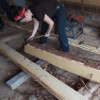
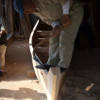
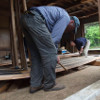
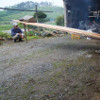
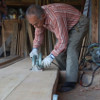
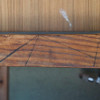
In the spring of 2016 I was invited by the Takenaka Carpentry Tools Museum (http://www.dougukan.jp/?lang=en) in Kobe, Japan to build a traditional boat as part of an exhibition on Japanese boatbuilding. I chose the isobune because I feel the destruction of this culture by the 2011 tsunami has national significance, and is relevant for all Japanese. For six weeks I worked in a temporary shop in the museum. I also taught four workshops on boatbuilding, one of which included a public session on yakimage, bending the bottom plank over an open fire. The Museum and I invited Murakami to visit us and help conduct the plank-bending workshop. Our launching in Kobe harbor was Shinto ceremony and attended by several hundred people. The museum hopes to eventually donate the replica to a museum in Tohoku.
I blogged about the 2015 research starting here: http://blog.douglasbrooksboatbuilding.com/2015/05/japan-boatbuilding-in-tsunami-zone.html
My 2016 exhibition blog begins here: http://blog.douglasbrooksboatbuilding.com/2016/03/getting-ready.html
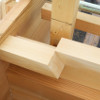
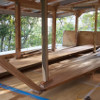
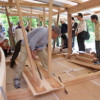
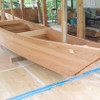
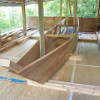
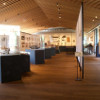
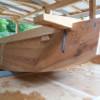
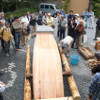
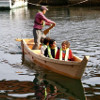
© Copyright Douglas Brooks, 2007 - 2018. All rights reserved

